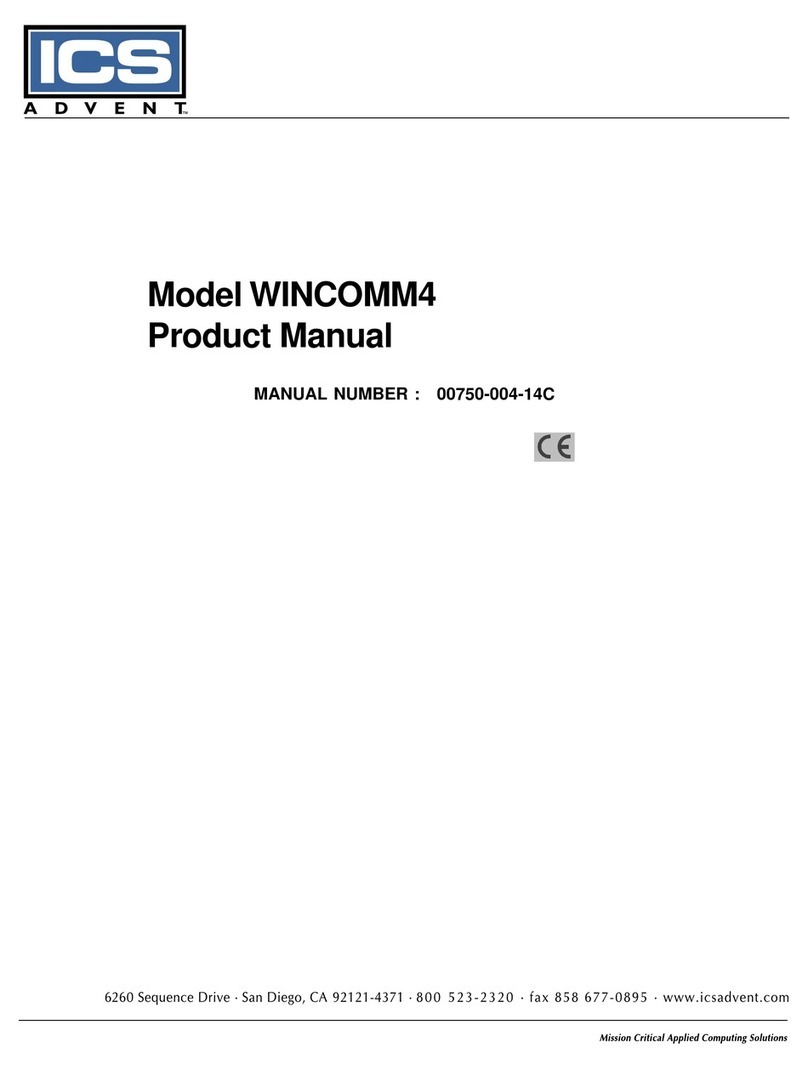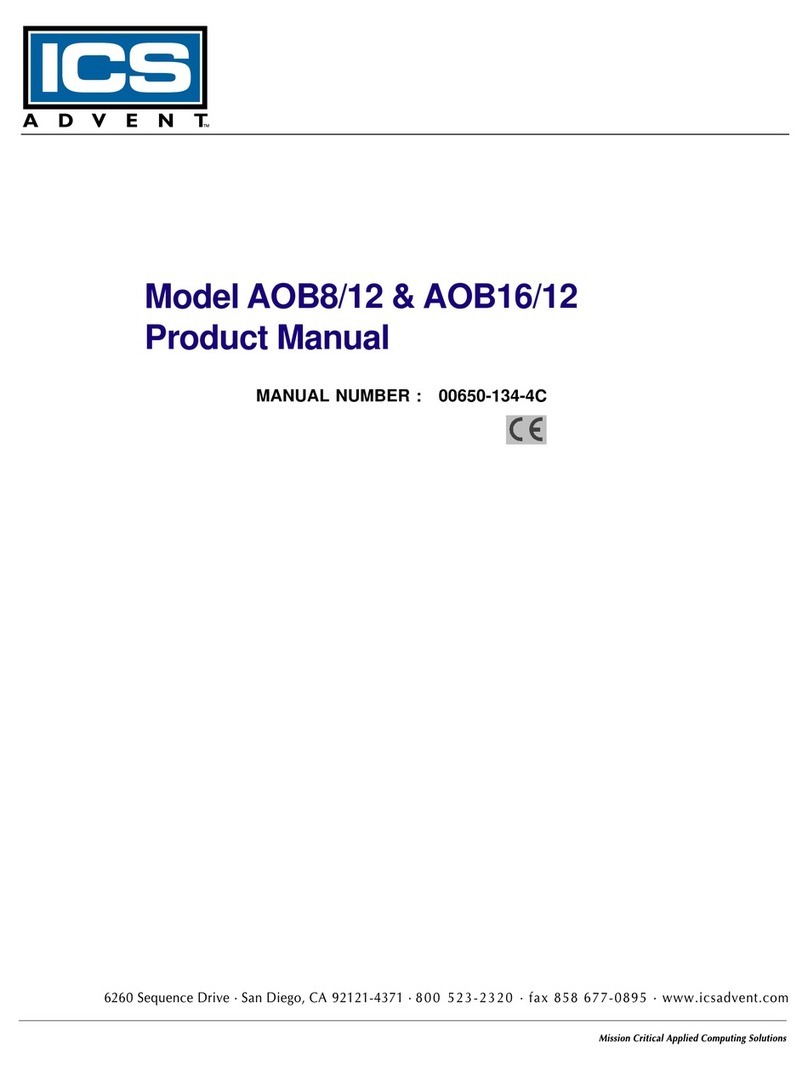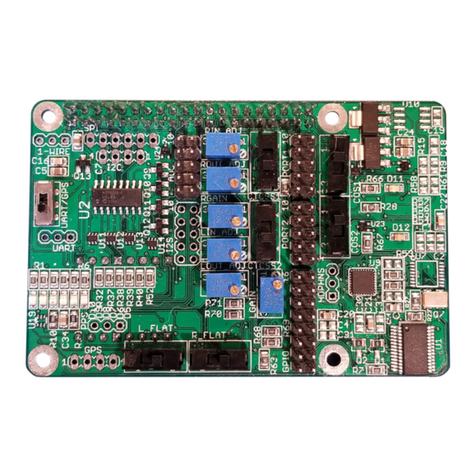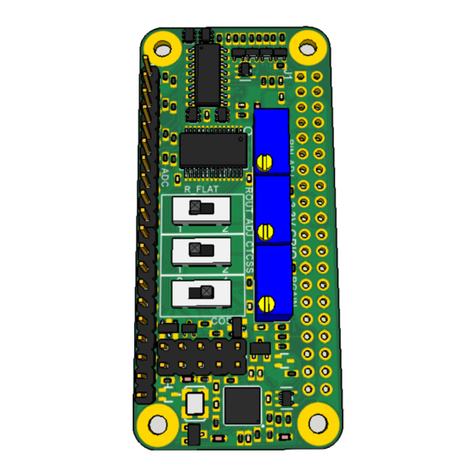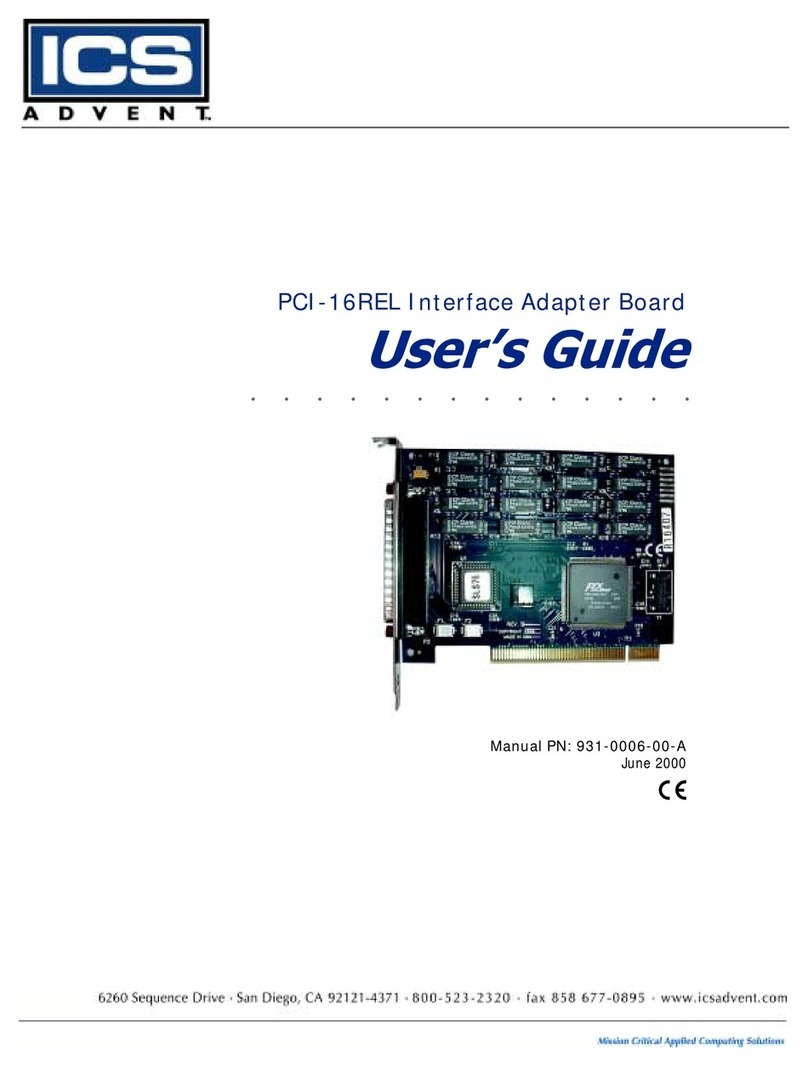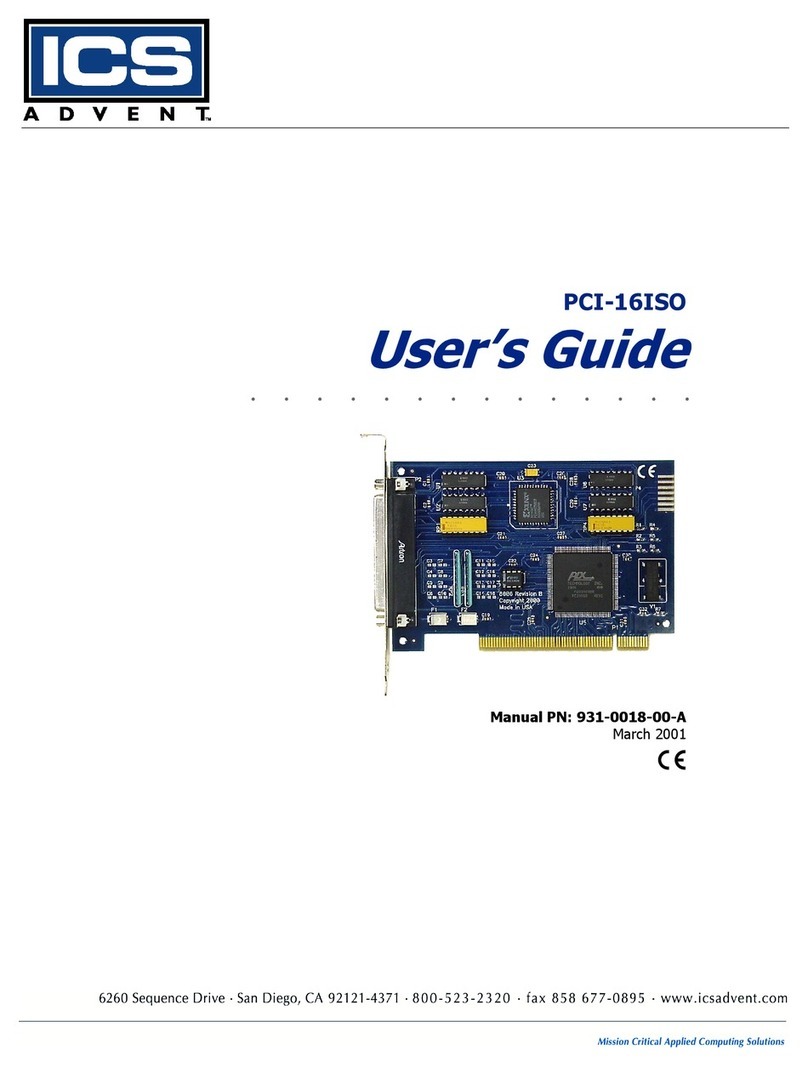
4. Function and operation description
4
4. Function and operation description
Level Key Description
Menu level
Change to parameterisation level and deposited values.
Keys for up and down navigation in the menu level.
Change into operation mode.
Parameterisation
level
To confirm the changes made at the parameterization
level.
Adjustment of the value / the setting.
Change into menu level or break-off in value input.
Menu group level
Change to menu level.
Keys for up and down navigation in the menu group
level.
Change into operation mode or back into menu level.
Operation
The operation is divided into three different levels.
Menu level (delivery status)
This level is for the standard settings of the device. Only menu items which are sufficent to set
the device into operation are displayed. To get into the professional level, run through the menu
level and parameterise ““ under menu item .
Menu group level (complete function volume)
Suited for complex applications as e.g. linkage of alarms, setpoint treatment, totaliser function
etc. In this level function groups which allow an extended parameterisation of the standard
settings are availabe. To leave the menu group level, run through this level and parameterise
„„ under menu item .
Parameterisation level:
Parameter deposited in the menu item can here be parameterised. Functions, that can be
changed or adjusted, are always signalised by a flashing of the display. Settings that are made
in the parameterisation level are confirmed with [P] and thus saved. By pressing the [O]-key
(zero-key) it leads to a break-off of the value input and to a change into the menu level. All
adjustments are saved automatically by the device and it changes into operating mode, if no
further key operation is done within the next 10 seconds.













